Category: Intangibles – Goodwill Know-how Patents
In transfer pricing the word “intangible” is intended to address something which is not a physical asset or financial asset, which is capable of being owned or controlled for use in commercial activities, and whose use or transfer would be compensated had it occurred in a transaction between independent parties in comparable circumstances.
In discussions of transfer pricing various categories of intangibles are described and labels applied. Distinctions are sometimes made between trade intangibles and marketing intangibles, between “soft” intangibles and “hard” intangibles, between routine and non-routine intangibles, and between other classes and categories of intangibles.
Examples of intangibles are: Patents, Know-how and trade secrets, trademarks, trade names and brands, rights under contracts and government licences, licences and similar limited rights in intangibles, goodwill and ongoing concern value.

Denmark vs Maersk Oil and Gas A/S (TotalEnergies EP Danmark A/S), September 2023, Supreme Court, Case No BS-15265/2022-HJR and BS-16812/2022-HJR
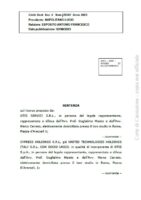
Italy vs Otis Servizi s.r.l., August 2023, Supreme Court, Sez. 5 Num. 23587 Anno 2023
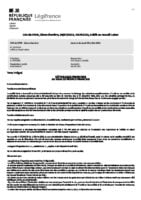
France vs SA SACLA, July 2023, CAA of LYON, Case No. 22LY03210

Poland vs “E S.A.”, June 2023, Provincial Administrative Court, Case No I SA/Po 53/23

Portugal vs R… Cash & C…, S.A., June 2023, Tribunal Central Administrativo Sul, Case 2579/16.6 BELRS
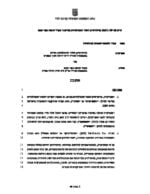
Israel vs Medtronic Ventor Technologies Ltd, June 2023, District Court, Case No 31671-09-18
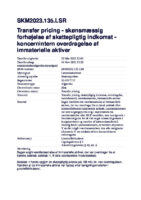
Denmark vs “IP ApS”, March 2023, Tax Tribunal, Case No. SKM2023.135.LSR
Poland vs “Cosmetics sp. z o.o.”, March 2023, Supreme Administrative Court, Case No II FSK 2034/20
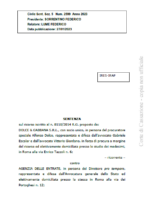
Italy vs Dolce & Gabbana S.R.L., November 2022, Supreme Court, Case no 02599/2023
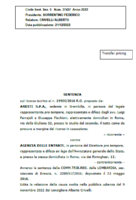
Italy vs Arditi S.p.A., December 2022, Supreme Administrative Court, Case No 37437/2022
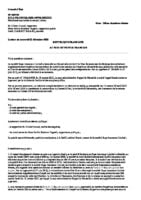
France vs Bupa Insurance, December 2022, Conseil d’État, Case No 450796 (ECLI:FR:CECHR:2022:450796.20221221)
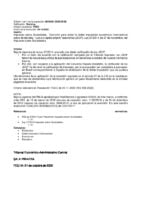
Spain vs “XZ Insurance SA”, October 2022, Tribunal Economic-Administrative Central (TEAC), Case No Rec. 00/03631/2020/00/00
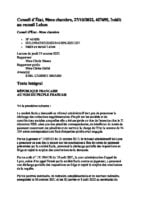
France vs SA SACLA, October 2022, Conseil d’État, Case No. 457695 (ECLI:FR:CECHS:2022:457695.20221027)

Netherlands vs “Agri B.V.”, September 2022, Court of Appeal, Case No AWB-16_5664 (ECLI:NL:RBNHO:2022:9062)
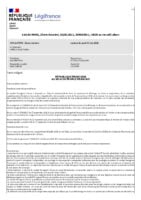
France vs Ferragamo France, June 2022, Administrative Court of Appeal (CAA), Case No 20PA03601

Malaysia vs Keysight Technologies Malaysia, May 2022, High Court, Case No WA-144-03-2020
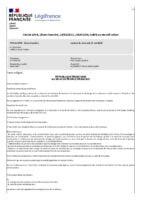
France vs SAS Oakley Holding, May 2022, CAA of Lyon, No 19LY03100
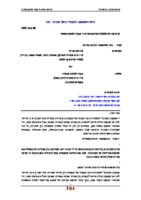
Israel vs Medingo Ltd, May 2022, District Court, Case No 53528-01-16

Poland vs “X-TM” sp. z o.o., March 2022, Administrative Court, SA/PO 1058/21
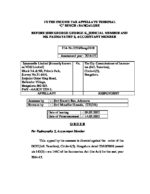
India vs Synamedia Limited, February 2022, Income Tax Appellate Tribunal – BANGALORE, Case No ITA No. 3350/Bang/2018
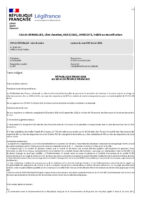
France vs IKEA, February 2022, CAA of Versailles, No 19VE03571

Austria vs “ACQ-Group”, February 2022, Bundesfinanzgericht, Case No RV/7104702/2018
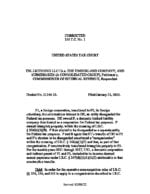
US vs TBL LICENSING LLC, January 2022, U.S. Tax Court, Case No. 158 T.C. No 1 (Docket No. 21146-15)
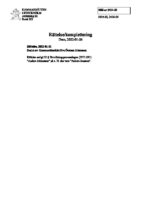
Sweden vs Flir Commercial Systems AB, January 2022, Administrative Court of Appeal, Case No 2434–2436-20
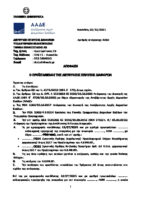
Greece vs “GSS Ltd.”, December 2021, Tax Court, Case No 4450/2021
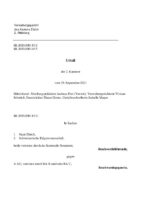
Switzerland vs A AG, September 2021, Administrative Court, Case No SB.2020.00011/12 and SB.2020.00014/15
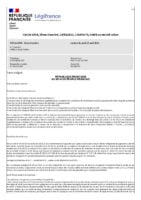
France vs SA SACLA, August 2021, CAA of Lyon, Case No. 17LY04170
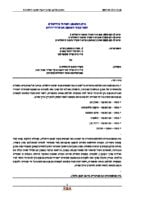
Israel vs Sephira & Offek Ltd and Israel Daniel Amram, August 2021, Jerusalem District Court, Case No 2995-03-17
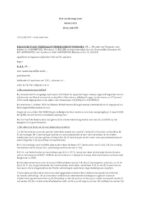
Belgium vs “Uniclick B.V.”, June 2021, Court of Appeal, Case No 2016/AR/455
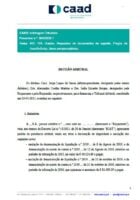
Portugal vs “B Restructuring LDA”, February 2021, CAAD, Case No 255/2020-T
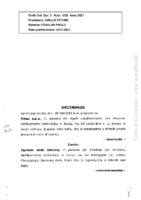
Italy vs Vibac S.p.A., January 2021, Corte di Cassazione, Case No 1232/2021
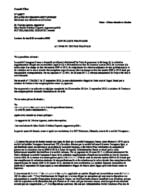
France vs Ferragamo France, November 2020, Conseil d’Etat, Case No 425577
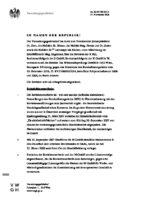
Austria vs S GmbH, November 2020, Verwaltungsgerichtshof, Case No Ra 2019/15/0162-3
Colombia vs. Taxpayer, November 2020, The Constitutional Court, Sentencia No. C-486/20
Ireland vs Perrigo, November 2020, High Court, Case No[2020] IEHC 552 (Juridical Review)
Denmark vs. Software A/S, September 2020, Tax Court, Case no SKM2020.387.LSR

Denmark vs. Adecco A/S, June 2020, Supreme Court, Case No SKM2020.303.HR
Sweden vs Flir Commercial Systems AB, March 2020, Stockholm Administrative Court, Case No 28256-18
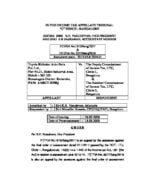
India vs Toyota Kirloskar Auto Parts Private Limited, March 2020, Income Tax Appellate Tribunal – BANGALORE, Case No IT(TP) No.1915/Bang/2017 & 3377/Bang/2018
Denmark vs Pharma Distributor A A/S, March 2020, National Court, Case No SKM2020.105.OLR
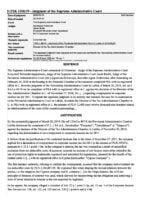
Poland vs “Brewery S.A.”, March 2020, Supreme Administrative Court, Case No II FSK 1550/19
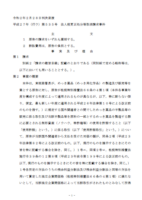
Japan vs. “Metal Plating Corp”, February 2020, Tokyo District Court, Case No 535 of Heisei 27 (2008)
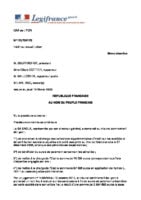
France vs SA Sacla, February 2020, CAA de Lyon, Case No. 17LY04170
Altera asking the US Supreme Court for a judicial review of the 2019 Decision from the U.S. Court of Appeals concerning the validity of IRS regs. on CCAs
Denmark vs Engine branch, January 2020, Tax Tribunal, Case No SKM2020.30.LSR
Denmark vs Adecco A/S, Oct 2019, High Court, Case No SKM2019.537.OLR
Israel vs Broadcom, Aug 2019, Israeli Supreme Court, Case No 2454/19
US vs Amazon, August 2019, US Court of Appeal Ninth Circut, Case No. 17-72922
Uruguay vs Philips Uruguay S.A., July 2019, Tribunal de lo Contencioso Administrativo, Case No 456/2019
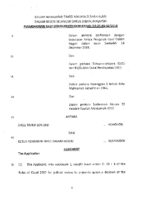
Malaysia vs Shell Timur Sdn Bhd, June 2019, High Court, Case No BA-25-81-12/2018
Netherlands vs Crop Tax Advisors, June 2019, Court of the Northern Netherlands, Case No 200.192.332/01
Mexico vs “Drink Distributor S.A.”, April 2019, TRIBUNAL FEDERAL DE JUSTICIA ADMINISTRATIVA, Case No 15378/16-17-09-2/1484/18-S2-08-04
Denmark vs H Group, April 2019, Tax Tribunal, Case No. SKM2019.207.LSR
Norway vs Normet Norway AS, March 2019, Borgarting Lagmannsrett, Case No 2017-202539
Norway vs Cytec, March 2019, Borgarting Lagmannsrett, Case No 2017-90184
Luxembourg vs Lux SARL, December 2018, Administrative Court, Case No 40455
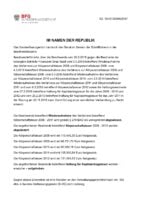
Austria vs “Sports Data GmbH”, November 2018, Bundesfinanzgericht, Case No RV/2100386/2017
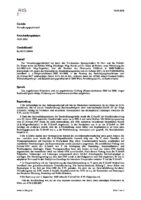
Austria vs “Key account – X GmbH”, April 2018, Verwaltungsgerichtshof, Case No Ra 2017/15/0041

Tokyo District Court, judgment of November 24 2017
Japan vs C Uyemura & Co, Ltd, November 2017, Tokyo District Court, Case No. 267-141 (Order No. 13090)
Israel vs Hewlett-Packard, July 2017, Settled in International Arbitration
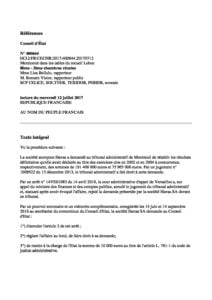
France vs. Havas, July 2017, CE, No 400644
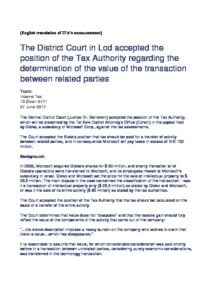
Israel vs. Gteko Ltd (Microsoft), June 2017, District Court
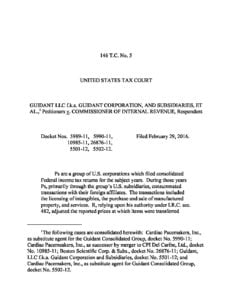
US vs. Amazon, March 2017, US Tax Court, Case No. 148 T.C. No 8
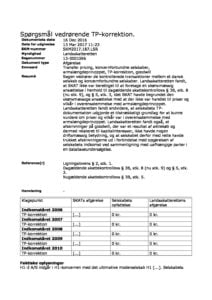
Denmark vs. Corp, March 2017, Tax Tribunal, SKM2017.187
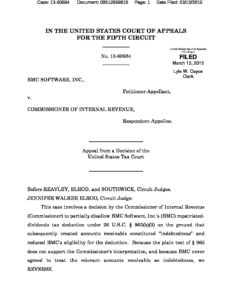
US vs. Medtronic Inc. June 2016, US Tax Court
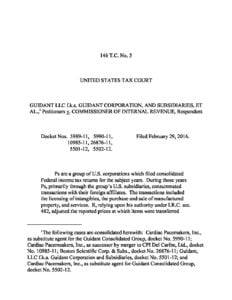
US vs. Guidant Corporation. February 2016
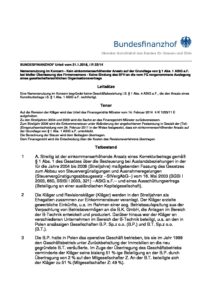
Germany vs. License GmbH, January 2016, Supreme Tax Court, Case No I R 22/14
Luxembourg vs LuxCo TM, December 2015, Administrative Court, Case No 33611
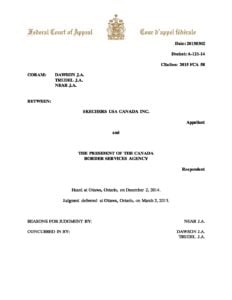
Canada vs. Skechers USA Canada Inc. March 2015, Federal Court of Appeal
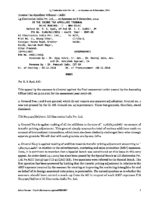
India vs LG Electronics India Pvt Ltd, December 2014, ITA
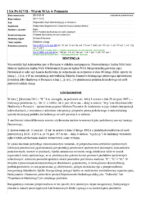
Poland vs “H-trademark S.A.”, February 2012, Administrative Court, Case No I SA/Po 827/11

Sweden vs Ferring AB, June 2011, Swedish Court, Case no 2627-09
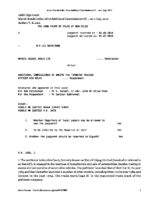
India vs. Maruti Suzuki India Ltd.
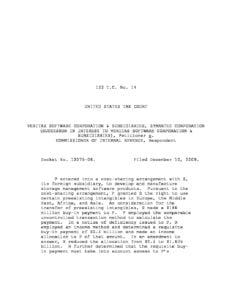
US vs. Veritas Software Corporation, December 2009
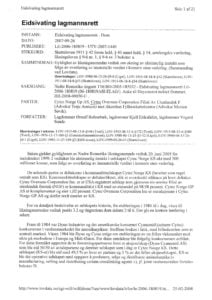
Norway vs. Cytec, September 2007, High Court, Case no 2007/1440
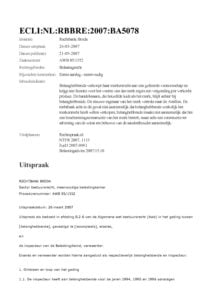
Netherlands vs Shoe Corp, June 2007, District Court, Case nr. 05/1352, VSN June 2, 2007
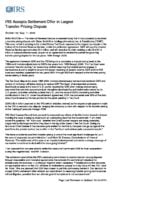
US vs GlaxoSmithKline Holdings, September 2006, IR-2006-142
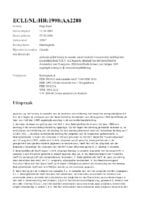
Netherlands vs “X B.V.”, August 1998, Supreme Court, Case No 32997, ECLI:NL:HR:1998:AA2288
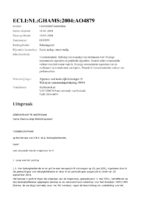
The Netherlands vs X BV, February 2004, Appellate Court of Amsterdam V-N 2004/39.9.
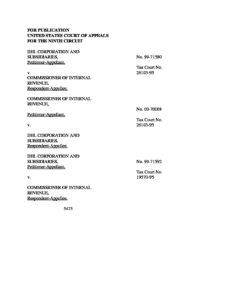
US vs. DHL. April 2002, U.S. Court of Appeals
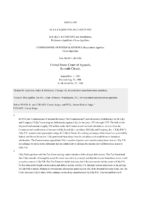
US vs Eli Lilly & Co, October 1998, United States Court of Appeals
US vs NESTLE HOLDINGS INC, July 1998, Court of Appeal, 2nd Circuit, Docket Nos 96-4158 and 96-4192

